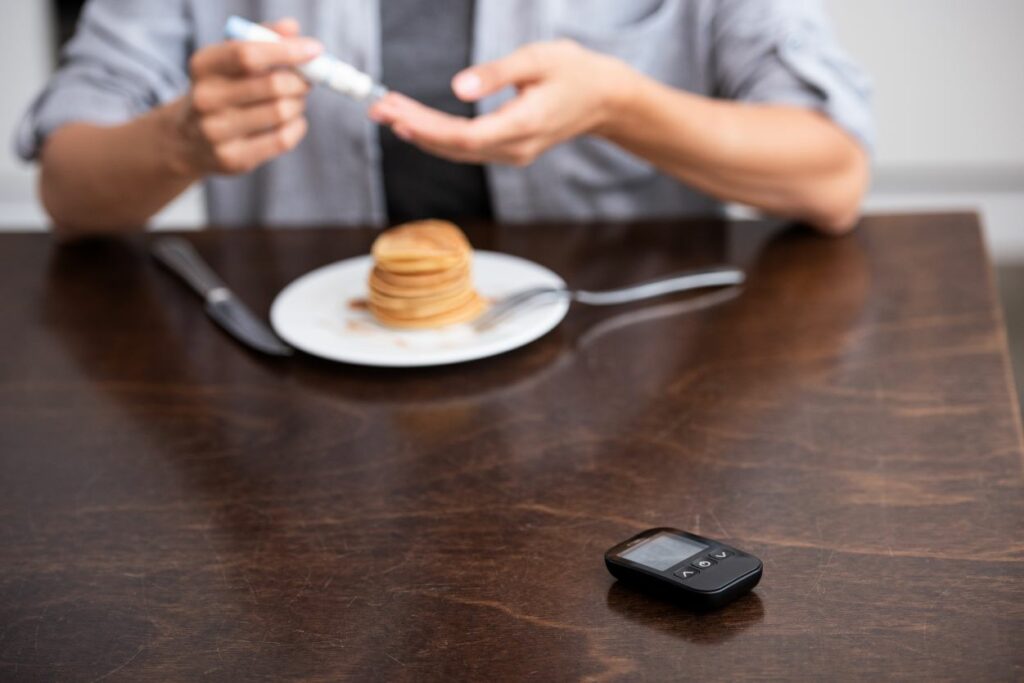Introduction
In any kind of emergency circumstance, the capacity to assess a casualty's responsiveness can imply the difference between life and death. Understanding just how to perform this vital evaluation is important for any individual associated with Basic Life Support (BLS) training. This post explores The Importance of Examining Responsiveness: A BLS Essential, discovering its significance within the more comprehensive context of basic vs advanced life assistance practices, health center codes and protocols, and much more.
Table of Contents
Understanding Responsiveness in BLS
- What is Responsiveness? Why is it Vital in Emergencies?
- Overview of Basic Life Support Transitioning to Advanced Life Support
- Step-by-Step Guide Common Blunders to Avoid
- Signs of No Breathing What to Do Next
- Understanding AEDs When to Make use of an AED
- Benefits of BLS Training How to Get Certified
- The Relevance of Teamwork Recommended Compression Rates
- Techniques for Remaining Calm The Function of Composure in Efficient Response
Understanding Responsiveness in BLS
What is Responsiveness?
Responsiveness describes a person's capacity to react to stimulations, such as verbal commands or physical touch. In a medical emergency situation, evaluating responsiveness helps establish the seriousness and kind of treatment required.
Why is it Important in Emergencies?
Checking responsiveness allows -responders to promptly examine a victim's problem, leading succeeding activities such as calling for assistance or doing CPR. Essentially, it sets the stage for all additional interventions.

Basic vs Advanced Life Support
Overview of Basic Life Support
Basic Life Support (BLS) encompasses necessary strategies focused on maintaining life until advanced clinical aid arrives. It consists of checking responsiveness, carrying out CPR, and making use of an Automated External Defibrillator (AED).

Transitioning to Advanced Life Support
Advanced Life Support (ALS) entails extra sophisticated medical treatments that trained specialists conduct, such as administering medicines and advanced air passage administration techniques.
How to Inspect Responsiveness
Step-by-Step Guide
Approach the private calmly. Gently touch their shoulder and talk noisally yet clearly. Observe their feedback; if there's no reaction, proceed with more assessments.Common Mistakes to Avoid
- Failing to examine breathing after assessing responsiveness. Not calling for emergency situation solutions quickly if there is no response.
Identifying No Breathing
Signs of No Breathing
In some situations, an individual might be less competent yet still taking a breath inadequately or not in any way. Try to find:
- Absence of upper body movement. No audible breaths.
What to Do Next
If you identify no breathing:
Call emergency solutions immediately. Begin mouth-to-mouth resuscitation without delay.Public Defibrillator Usage
Understanding AEDs
An Automated External Defibrillator (AED) is a mobile gadget designed to assess heart rhythms and provide an electrical shock when necessary.
When to Make use of an AED
Use an AED when:
- The individual is unresponsive and not breathing. Medical professionals get on their means however prompt activity is required.
BLS Certification Importance
Benefits of BLS Training
Obtaining BLS certification gears up individuals with essential skills required during emergency situations, improving their confidence in reacting effectively.
How to Obtain Certified
Certification courses are readily available through various companies such as the American Heart Association (AHA) or Red Cross-- pick one that fits your schedule!
Taking Activates Compressions
The Value of Teamwork
When multiple responders exist, taking turns on compressions assists avoid fatigue and ensures top quality chest compressions throughout the resuscitation process.
Recommended Compression Rates
The excellent compression price during CPR is 100-120 compressions per min; guaranteeing this consistency can considerably enhance survival chances.
Maintaining Calmness During Emergencies
Techniques for Remaining Calm
Staying calmness throughout a dilemma is vital-- not just for your very own efficiency however likewise for those around you who might be searching for leadership during chaos.
Take deep breaths prior to coming close to the situation. Focus on tasks instead of emotions; this will assist you stay centered.
The Function of Calmness in Efficient Response
Your behavior can online CPR certification dramatically affect exactly how others react-- maintaining calmness encourages team effort and infuses self-confidence amongst bystanders assisting with care.
Conclusion
In summary, understanding exactly how and why we inspect responsiveness creates the foundation of efficient BLS training and interventions throughout emergency situations. Whether you're browsing standard vs innovative life assistance situations or making use of public defibrillators properly, every second matters when lives are at risk-- making expertise regarding these processes invaluable.
FAQs
Q1: What ought to I do if somebody is unresponsive?
A1: Check their responsiveness by gently touching them and shouting their name; if they are unresponsive, call emergency situation services immediately.
Q2: Just how does checking responsiveness vary from other assessments?
A2: Monitoring responsiveness particularly assesses a person's understanding degree while various other assessments may entail inspecting essential signs or breathing patterns.
Q3: Is BLS qualification necessary for everyone?
A3: While not necessary for everybody, getting BLS qualification can empower you with important abilities that could save lives in emergencies.
Q4: Can I utilize an AED on a person that reveals indications of breathing?
A4: No, only use an AED if the person is unresponsive and not breathing normally; make sure proper assessment first!
Q5: How commonly should I practice my CPR skills?

Q6: Does maintaining composure really impact emergency outcomes?
A6: Definitely! Composed responders often tend to act more efficiently which positively affects both group dynamics and patient outcomes.
By prioritizing the significance of inspecting responsiveness within Basic Life Support training structures, we welcome our First aid Tweed Heads duty as possible lifesavers-- equipping ourselves with expertise that can transform moments of crisis right into opportunities for hope and recovery!